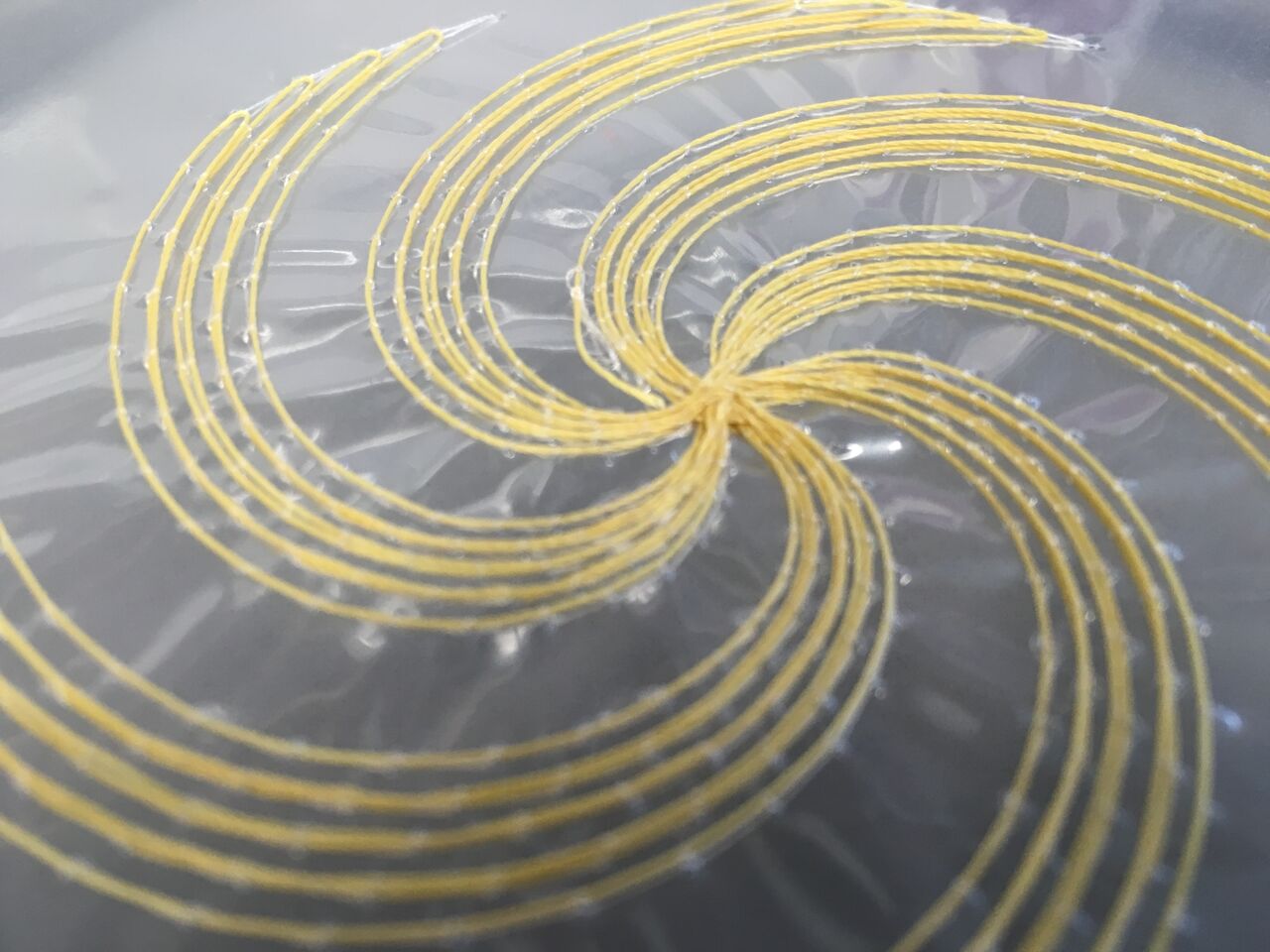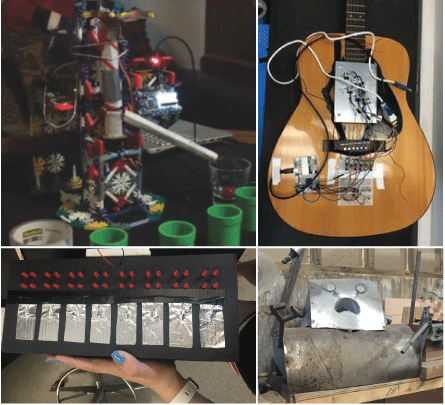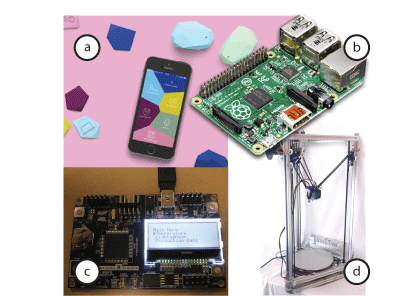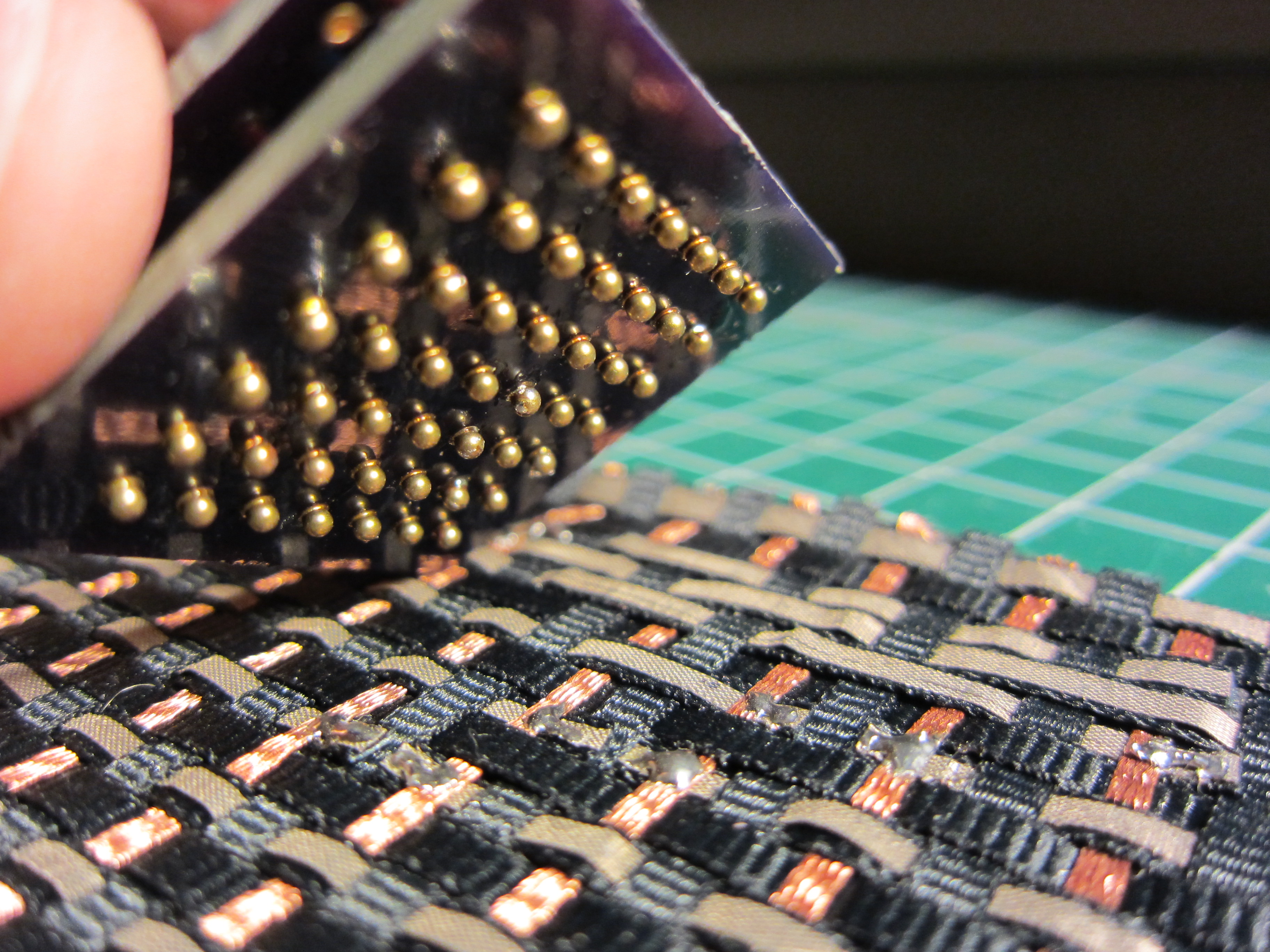The lab has a new grant from the Kentucky Science and Engineering Foundation: “Combining Soft Materials with Mechanical Parts for Robotic and Human Health Applications.” We will install functional fibers in laser-cut and 3D printed parts using a modified sewing machine. Above: video of the current machine installing high strength Kevlar fiber in a plastic …
Continue reading “New grant: Combining Soft Materials with Mechanical Parts”




